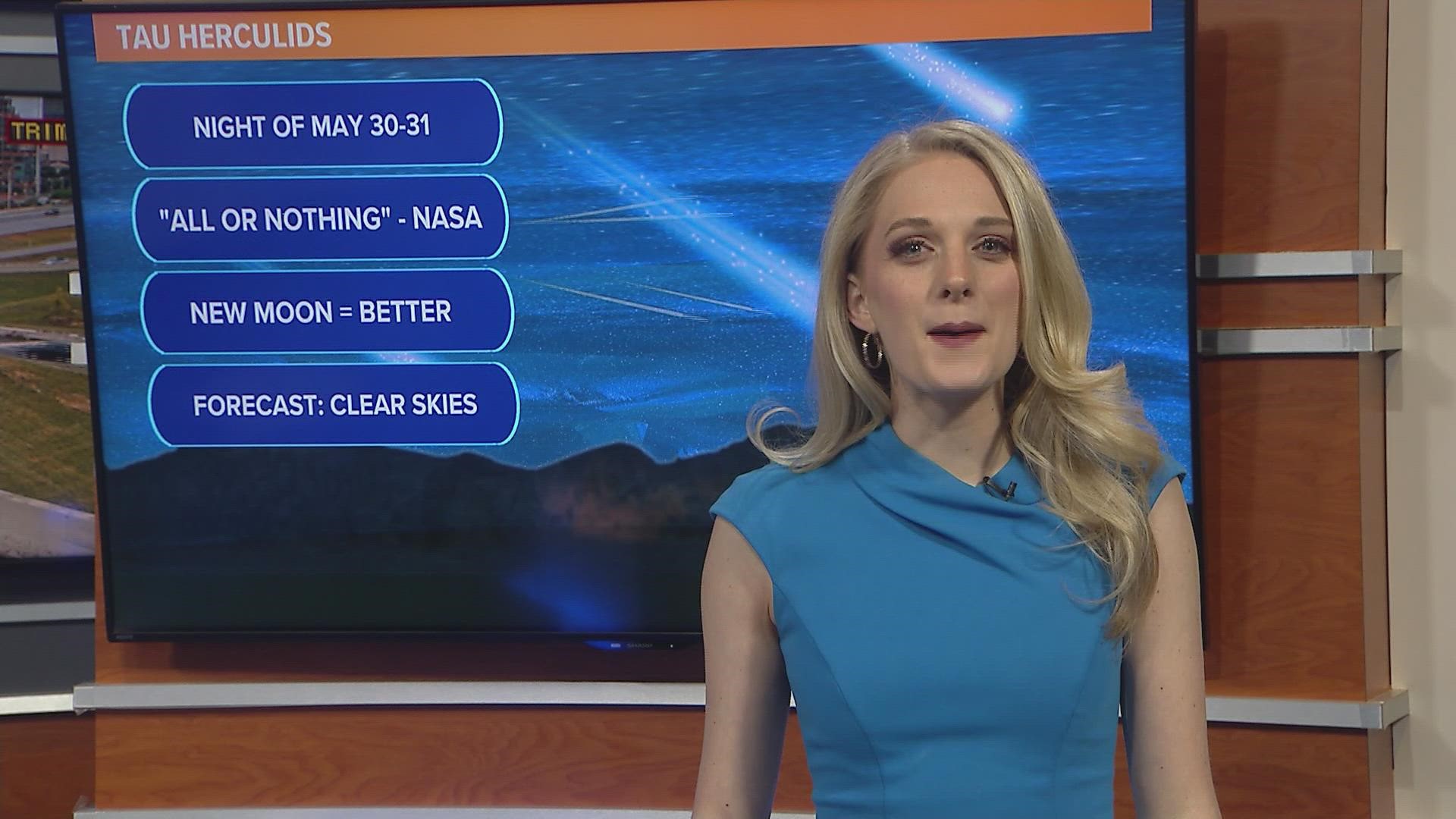Those who look to the skies Monday night into early Tuesday morning may get a glimpse at a new meteor shower -- but before you make plans to stay up late, here's what you need to know.
NASA said the Earth will pass through the debris trails of a comet that started breaking up more than 25 years ago. The comet, called 73P/Schwassmann-Wachmann or SW3, is still fragmenting.
If the fragments were ejected fast enough, we might see a meteor shower: the tau Herculids. But NASA isn't making any promises.
"This is going to be an all or nothing event," said NASA's Bill Cooke in a blog post. "If the debris from SW3 was traveling more than 220 miles per hour when it separated from the comet, we might see a nice meteor shower. If the debris had slower ejection speeds, then nothing will make it to Earth and there will be no meteors from this comet."
NASA said Spitzer observations published in 2009 indicate that some fragments are moving fast enough. If the debris makes it, the meteors will strike Earth's atmosphere much slower than some of the more famous showers.
But there's at least one point in hopeful stargazers' favor: Monday night will have a new moon, so there won't be any moonlight to wash out faint meteors.
But Robert Lunsford of the American Meteor Society said thanks to the debris' lower velocity, meteors will need to be larger than normal to be seen from the ground -- making a visible shower "highly unlikely".
"But we believe that this event has a chance of being something spectacular and that we would be remiss by not publicizing it," Lunsford said. "When viewing events such as these one should expect nothing extraordinary to happen, but certainly hope for the best!
How to watch the tau Herculids:
NASA said the peak time to watch is around "1 a.m. on the East Coast or 10 p.m. on the West Coast." Stargazers in areas with clear, dark skies will have the best chance at spotting the possible meteors. It will take 15 to 20 minutes for your eyes to adjust to the darkness.
Even if the weather near you makes catching the possible meteor shower impossible, you can also find it online.
The Virtual Telescope Project will be broadcasting observations from cameras in Brazil and Arizona starting at midnight Eastern.

